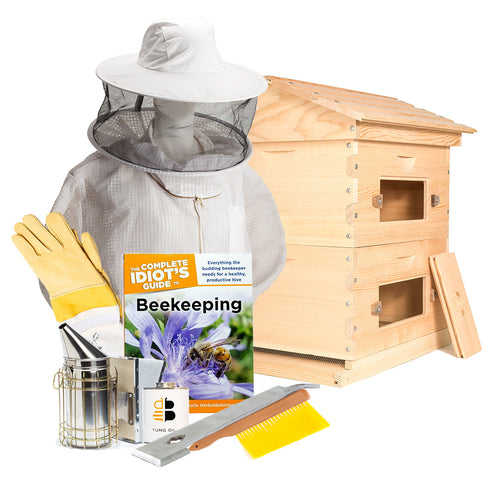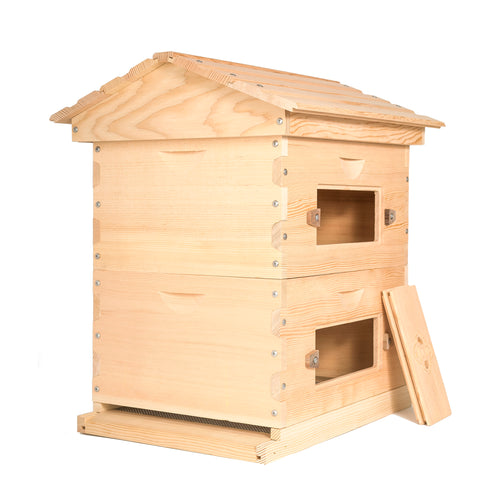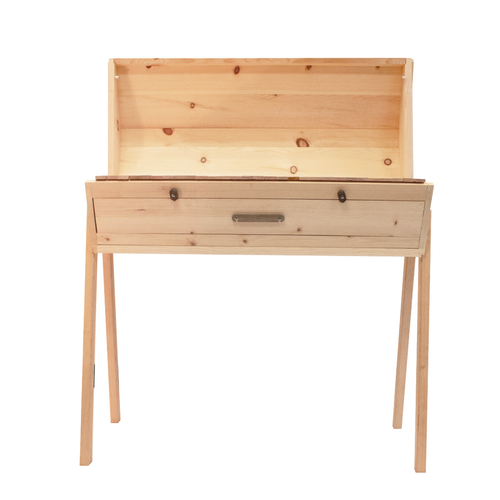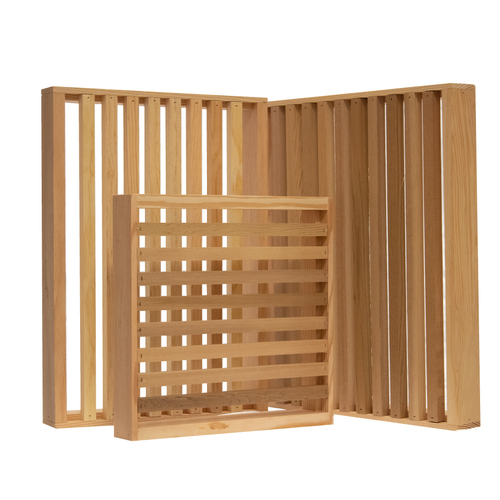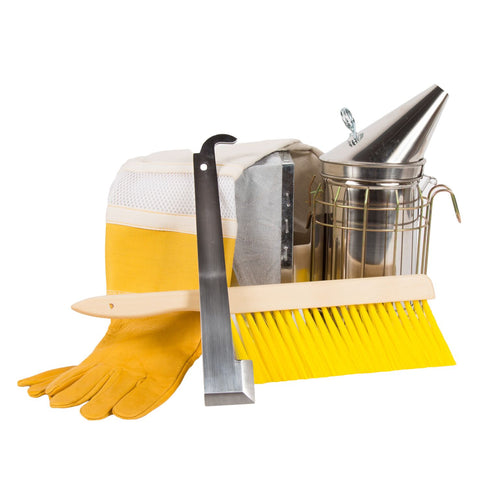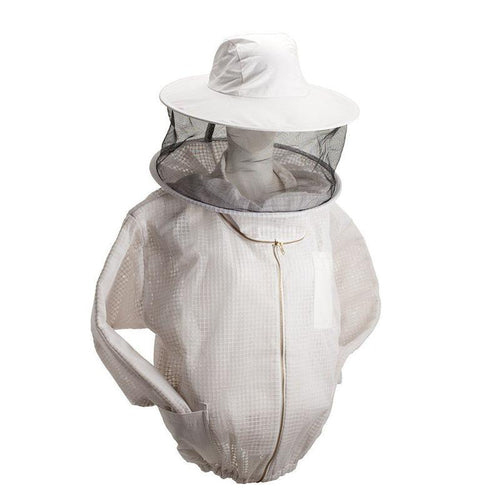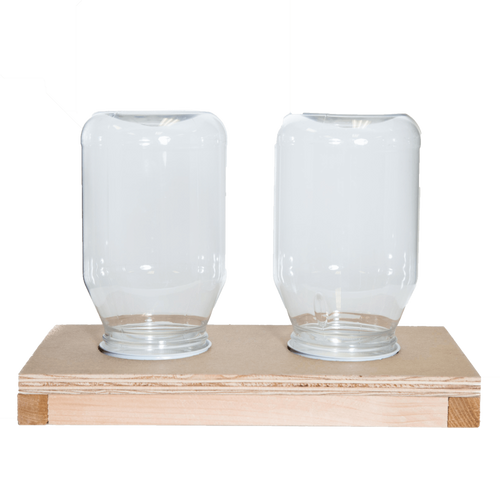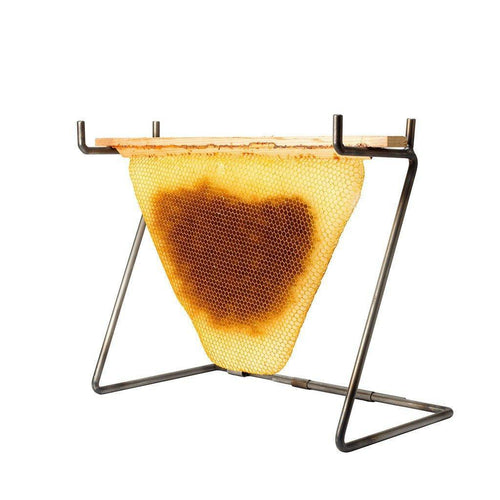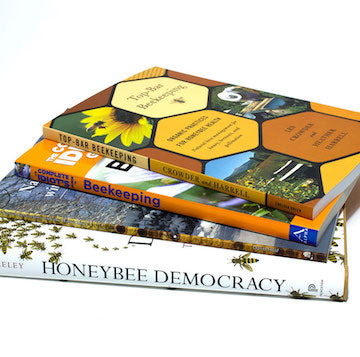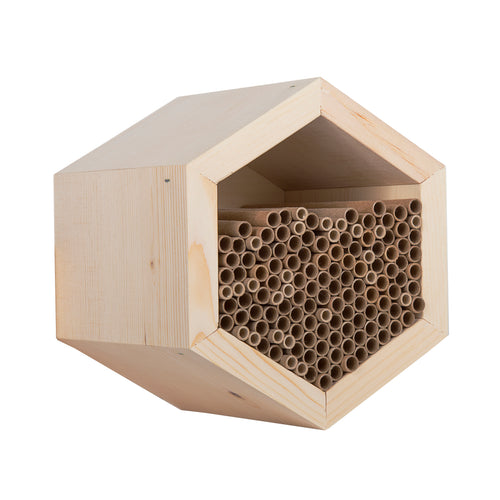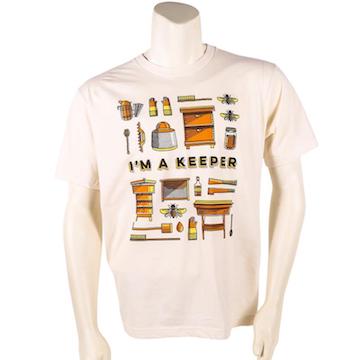Bees are remarkably intelligent creatures--they’ve been minding their own beeswax for millennia. What does this mean for beekeepers? It means that caring for bees requires “less work than a dog, more than a goldfish.”
What sets top bar hives apart from Langstroth or Warre hives--and determines how much work they require--is that the hive space cannot be expanded through the stacking of additional boxes. Instead, beekeepers must frequently monitor the bars on which bees build comb by making sure the hive doesn’t overcrowd, adding new bars to create space, and harvesting honey when necessary.
As your colony grows, move the divider board down the hive cavity and add empty bars. After your final honey harvest, you should shrink the size of the hive cavity so there is less space for your bees to heat during the winter months. In a top bar hive, bees tend to attach their comb to the walls of the inner hive cavity. This requires an extra step: detaching comb from the hive before pulling bars out.
While managing a hive bar-by-bar takes slightly more time and attention than other hive styles, beekeepers often prefer them because the bees are more docile. The individual bars allow beekeepers to easily inspect specific parts of the hive and control the amount of exposure to light and air.


